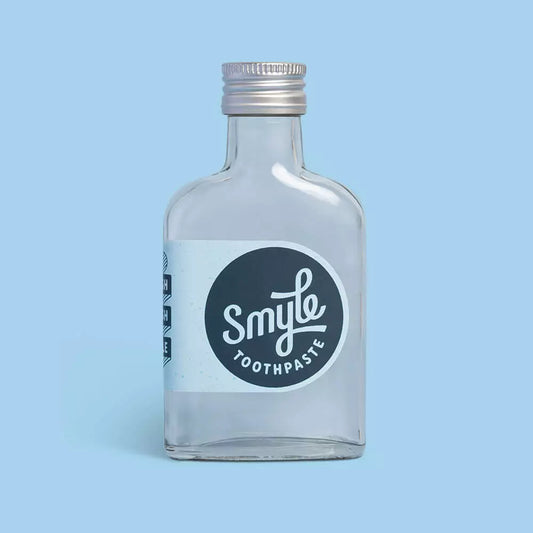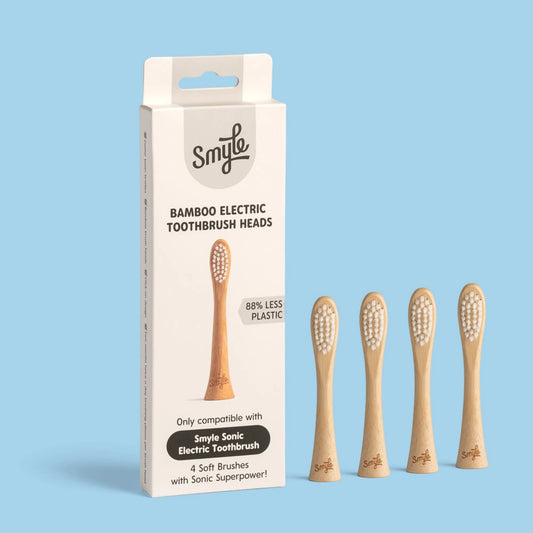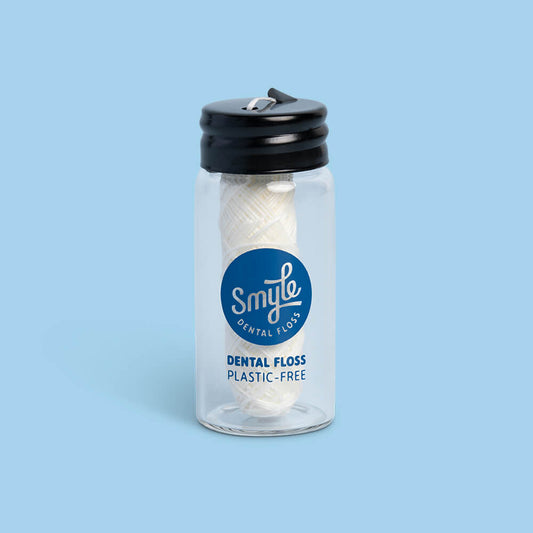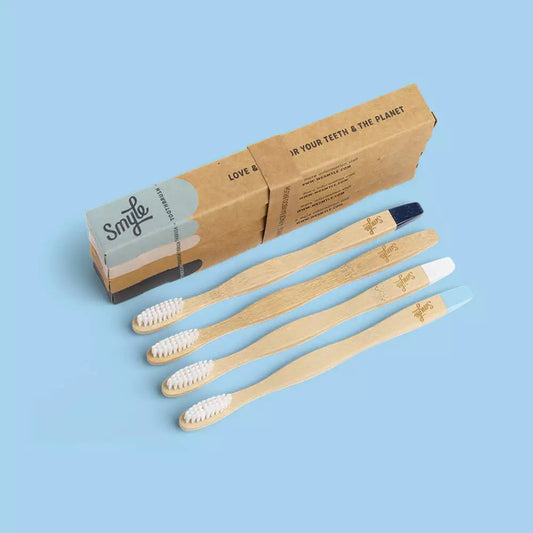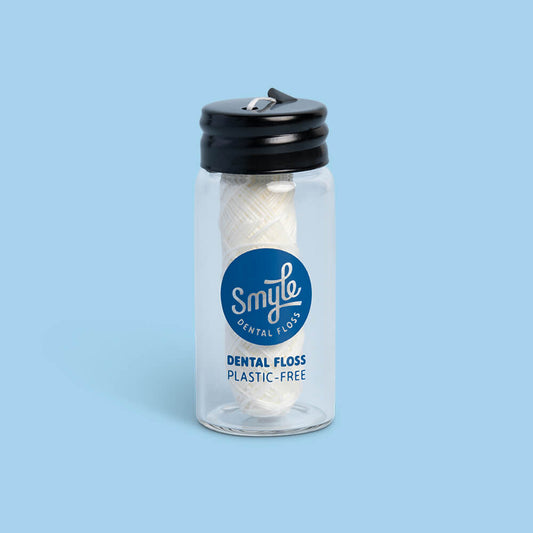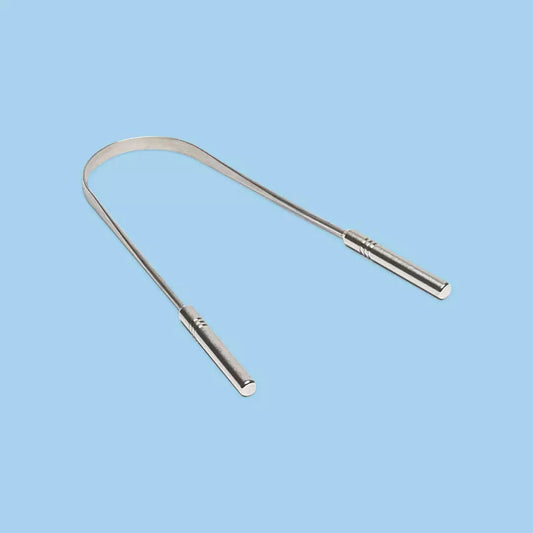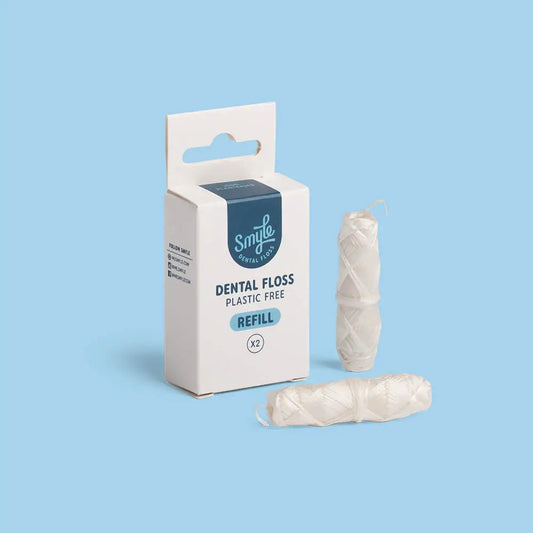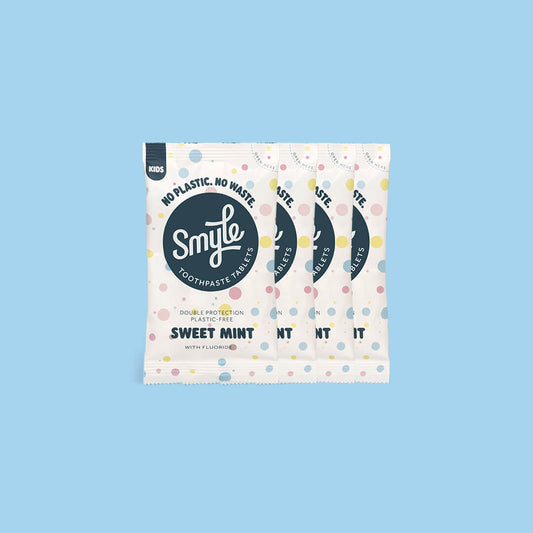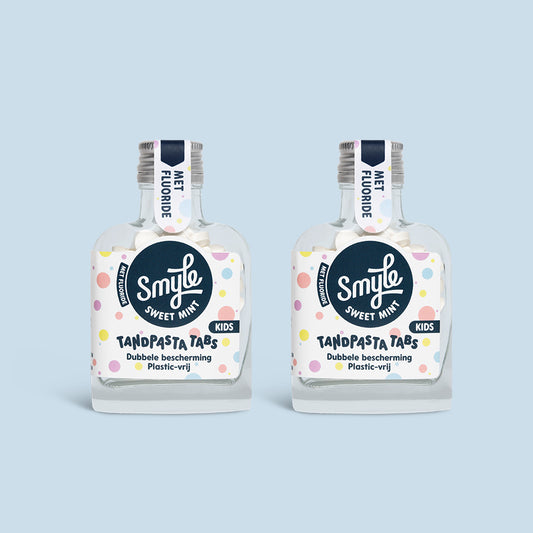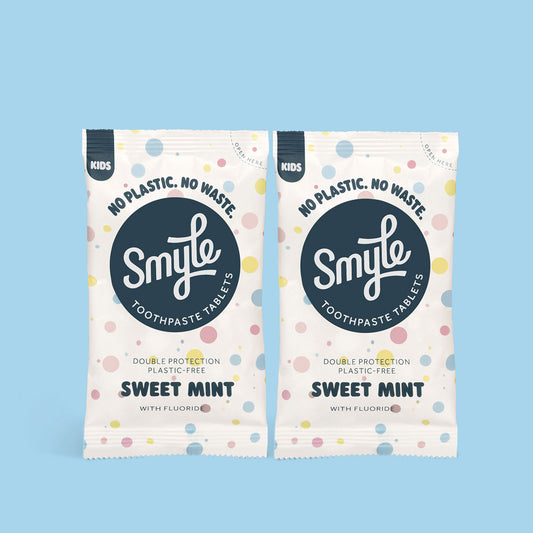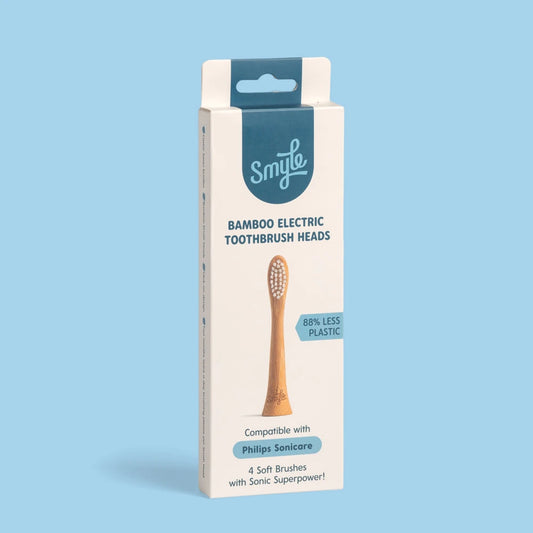Collezione: Accessories
-
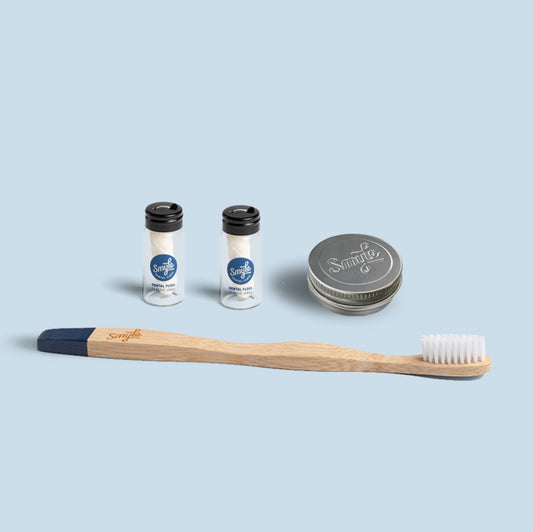 In offerta
In offerta -
-
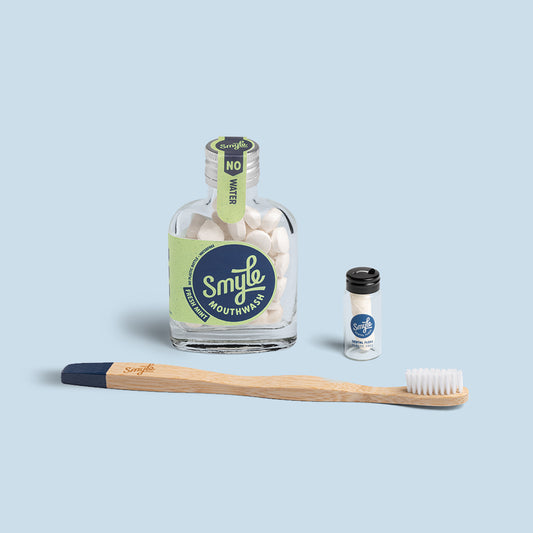 Esaurito
Esaurito
ANY
QUESTIONS
WE'RE HAPPY TO HELP YOU!
HERE ARE SOME FAQS:
The bamboo parts of the brush heads are specially designed in a combination of bamboo and corn starch and are 100% biodegradable. Our bristles – bristles – are made from fibers from the castor tree and nylon and they are free from BPA and fossil oil. Unfortunately, due to the nylon, the bristles are not 100% compostable. However, at the moment this is the best available option on the market. The only alternative is to use pig bristles, but we love animals, so we don't think that is a good alternative. There is also a very small piece of plastic inside the brush head to properly absorb and guide the vibrations of the brush. No alternative has yet been found for this. Every type of bamboo brush head has this. Our bamboo brush heads currently contain 88% less plastic than regular brush heads. Of course, we will always continue to look for even better alternatives. Have you come across an alternative somewhere that you suspect could be better? Please email this to hello@wesmyle.com . Then we go check this out!
EVERYTHING ABOUT BRUSH HEADS Brush heads are an important part of a good oral care routine. The right type of brush head can make a significant difference in the health of your teeth and gums. That's why we'll delve deeper into everything you need to know about brush heads. We explain what exactly they are, the different types of brush heads available and why they are so important for maintaining a radiant Smyle and of course optimal oral health. So let's dive into the world of brush heads and discover why they are an indispensable tool in your oral care routine. What are brush heads? Brush heads are special brush heads that are attached to toothbrushes and are intended to thoroughly clean the teeth. They are designed to effectively remove plaque and improve oral health. There are different types of brush heads available, including soft, medium and hard varieties. Soft brush heads are ideal for people with sensitive gums, while medium brush heads offer a good balance between cleaning and comfort. Hard brush heads may be suitable for people who need extra thorough cleaning, but may be too hard for most people. It is important to know that brush heads can be suitable for different types of toothbrushes. Benefits of using the Smyle brush heads Using the right brush heads has several advantages. Firstly, they ensure effective cleaning of the teeth. Their special design and bristles allow them to easily reach between teeth and along the gums, allowing them to thoroughly remove plaque. Plaque is a sticky layer of bacteria that builds up on the teeth and can lead to tooth decay and gum disease. Regular use of brush heads can significantly reduce plaque and improve the health of your teeth. In addition, brush heads contribute to general oral health by helping to prevent gum disease and help you get fresh breath. Finally, brush heads also offer convenience and user-friendliness. They are designed to be comfortable to hold and use, making the brushing process simple and enjoyable. This makes brush heads a convenient and effective choice for anyone who takes their oral health very seriously.
How do I clean my tongue with a tongue scraper? Cleaning your tongue with a tongue scraper is a simple and effective method of removing bacteria and fungi. By doing this, you can not only reduce bad breath and plaque, but also improve your taste and digestive experience, and contribute to better oral hygiene. Here are detailed steps you can follow to thoroughly clean your tongue with a tongue scraper: Step 1. Start by opening your mouth and sticking out your tongue. This ensures that you have easy access to the entire surface of your tongue. Step 2. Place the tongue scraper on the back of your tongue. It is important to place the scraper as far back as possible without it feeling uncomfortable. This ensures that you can remove most of the bacteria and waste that accumulates in this area. Step 3. Press the tongue scraper gently and begin to slowly pull it forward. Make sure you apply constant and even pressure, but avoid excessive pressure to avoid possible damage to the tongue. While pulling the tongue scraper forward, gently scrape the surface of your tongue. This removes the bacteria and fungi that have built up. Step 4. Rinse the tongue scraper with water to remove any bacteria and waste that may be clinging to it. Then repeat steps 2 through 4 until you have scraped the entire tongue. Move the tongue scraper to different parts of your tongue to ensure a thorough cleaning. Step 5. After you have finished cleaning your tongue, rinse your mouth thoroughly with water and/or mouthwash. This helps flush out any remaining bacteria and waste, leaving you with a fresh and clean feeling in your mouth.




